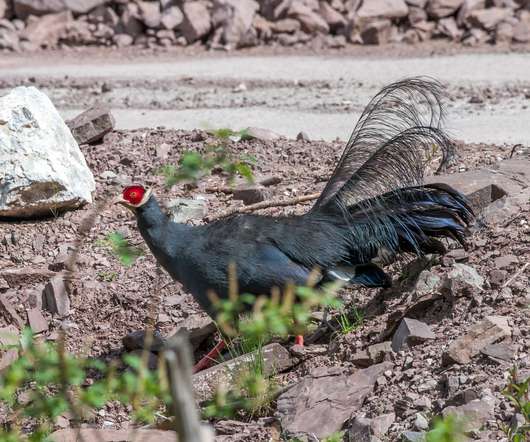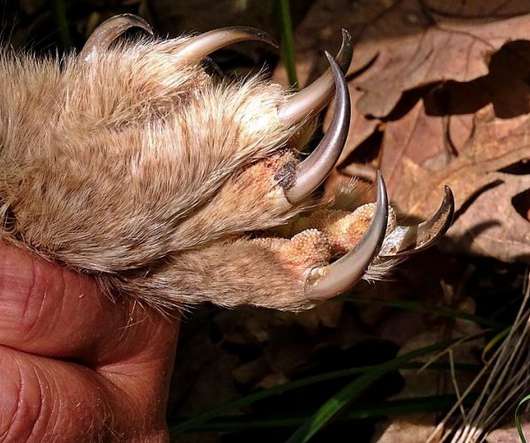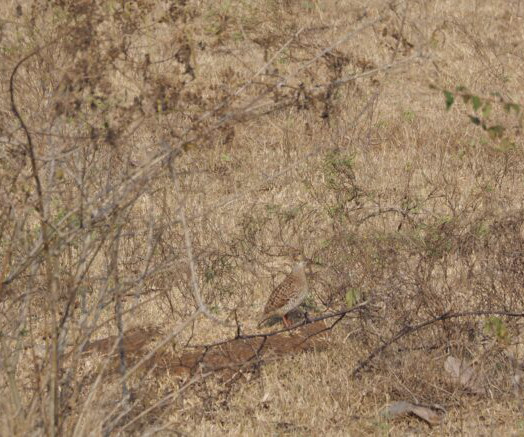Birding Ruoergai, Sichuan, China
10,000 Birds
SEPTEMBER 13, 2021
The HBW even mentions the importance of Ruoergai for this species: “Key sites for migrants include the Ruoergai Plateau (China), which is also an important breeding area” Common Mergansers also seem to use these wetlands as breeding area. Understated elegance is also something the White-browed Tit is rather good at.













Let's personalize your content